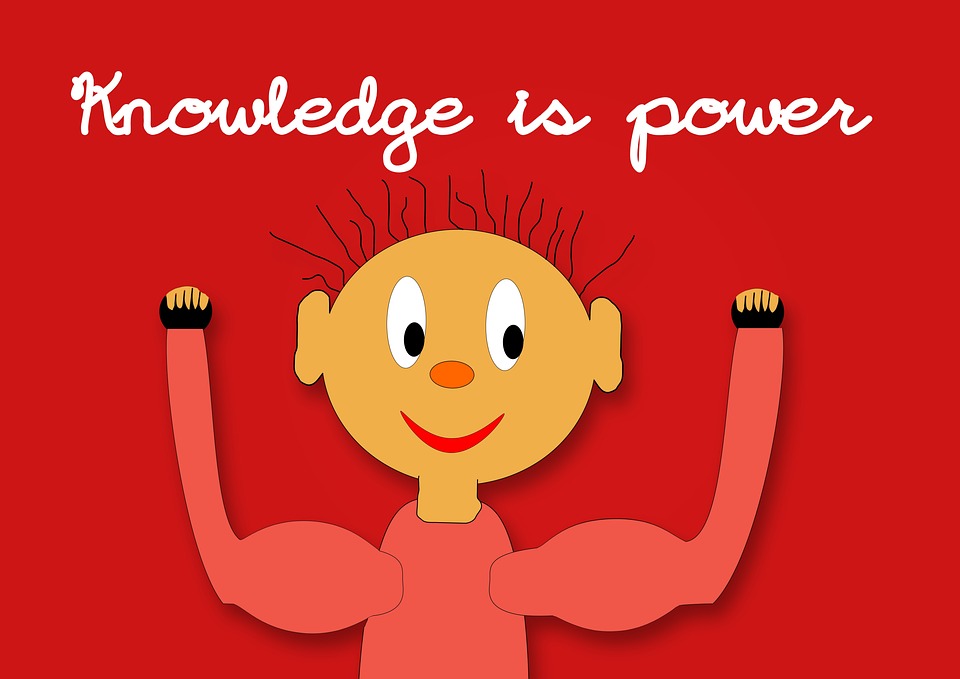Aquaculture is the raising of marine animals in water. It can occur in natural water bodies such as ponds, lakes, swamps or brackish waters and the ocean. It can also be done in man-made tanks, and is common in fish hatcheries. No matter where it occurs, aquaculture has an impact on the environment both locally and globally. To become an environmentally sustainable and economically sound business, it is necessary to implement strict regulations on resource management and careful site selection. However, there is a natural alternative: Aquaponics.
Aquaponics is the breeding of marine animals in tanks or ponds using aquarium water to grow without soil, vegetables, fruits, or seaweed. It is a balanced closed system that recreates the same process we would see in a natural pond where plants and animals thrive in perfect harmony.
Aquaponics has some environmental challenges that the aquaponics system has solved naturally. List these challenges below:
1. Effluent and waste management.
The practice of aquaculture necessarily includes waste management. The effluents in these farms include uneaten food, metabolic excreta and feces. It consists of organic solid waste and dissolved organic and inorganic nutrients, which are discharged daily into the environment. The flux of these compounds should never exceed the natural assimilating capacity of the local ecosystem because severe impacts, such as eutrophication, oxygen depletion and alteration of local biodiversity, can occur both in the water column and in the substrate. To replace the drained water, it is necessary to refill the tank with clean water. This involves extensive use of water resources.
At Aquaponics, there is no waste. It is a closed, balanced ecosystem. What is considered waste in aquaculture is a useful entry point for balancing the needs of fish and the need for vegetables. Bacterial colonies are responsible for converting ammonia and nitrite into nitrogen that is easily absorbed by plants. Other possible participants are worms. They can decompose solid waste from fish, excess roots, and other materials sloughed off by plants, making them more bioavailable to plants. As a result of these multiple natural filters, there is clean water in the fish tank all the time. There is no need to change and discharge the water to the natural environment. Less work for the farmer and no risk to the environment.
2. The origin and quality of fish food.
In aquaculture, the food for farmed fish generally comes from fish found in the ocean. This contributes to ocean overharvesting. Another problem is that they are often infused with hormones to promote rapid growth, and in some cases given color-changing chemicals, such as synthetic astaxanthin to salmon to enhance the pink color.
In order to maintain system health and produce organic vegetables and fish, Aquaponics food quality is a priority. Hormones and other synthetic chemicals are not allowed in this closed system: they directly affect the plants’ metabolism. The fish’s diet can be supplemented naturally by introducing a worm farm, black fly farm, or duckweed tanks to supplement high-quality commercial foods that often come from vegetable protein sources, (as suggested by the National Organic Standards Board, which limits the amount of fishmeal and fish oils in aquaculture products that are certified organic).
3. Veterinary medicines.
In aquaculture, like any factory-farmed meat, the animals’ living conditions are not ideal and they are often kept alive by the constant use of antibiotics. In addition, any medical treatment given to farmed fish poses a risk to the natural environment if the water being drained does not undergo adequate equalization or dilution.
Antibiotics for fish are not allowed in Aquaponics because they can also affect the bacteria needed for homeostasis. Higher oxygen levels in Aquaponics systems and worm activity help mitigate disease outbreaks in both fish and plants. In the event that a specific disease needs to be treated, there is no danger of polluting the natural environment.
4. Transmission of pathogens to wild populations
Aquaculture: With the need for drainage, there is a risk of pathogens being transferred to wild populations.
Since Aquaponics is a closed system, any fish health issue will be addressed within the system. There is no risk of contamination of other species in the wild. This automatically follows local regulations that cultured species should not be released into the environment. Aquaponics is a balanced ecosystem that promotes health and vitality in both fish and plants.
5. Antifouling products
Antifouling products are essential to prevent or reduce biofouling in aquaculture tanks. Biofouling is the gradual accumulation of organisms, such as bacteria and parasites, on the surfaces of tanks in contact with water.
Since biofouling is a natural process in a wet environment, Aquaponics is not necessary to get rid of microorganisms or algae. As an ecosystem, they are part of the living balance. For example, algae is a good food for some species of fish.
——
Aquaponics, as we’ve seen, is a great option for those who are committed to sustainability, with the goal of securing the future of our planet. It is a technology that can be used indefinitely as an endless virtuous cycle that will enable organic harvesting all year long. In addition, it is an excellent choice for those looking for efficiency and ease of operation in the path of food self-sufficiency.
If you use aquaculture practices as a business or at home, take the opportunity to learn more about what Aquaponics has to offer!










Add Comment